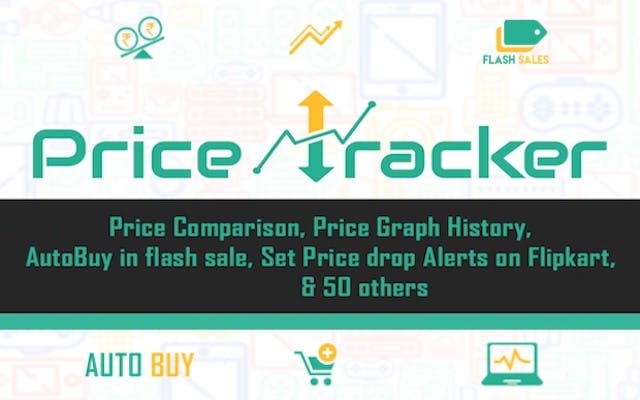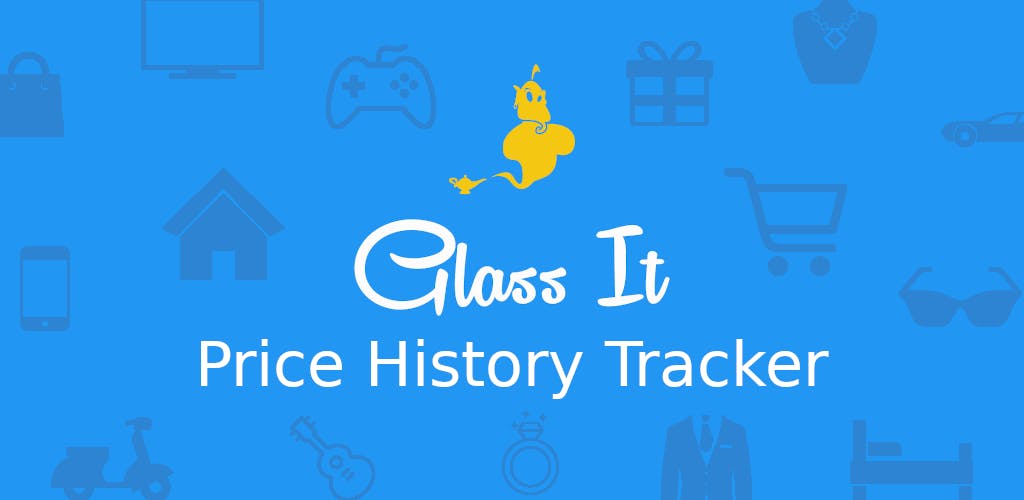Price History Tracker Chrome Extension (Save Money)
What are Price History Trackers?
Price history trackers are tools designed to monitor and record the price fluctuations of products listed on the website.
These tools gather data from product listings, allowing users to view detailed pricing histories, identify trends, and receive notifications when prices drop below a specified threshold.

The Benefits of Using Price History Trackers
1. Cost Savings
The primary advantage of using a price history tracker is the potential for significant cost savings.
By tracking price fluctuations, consumers can make purchasing decisions when prices are at their lowest, avoiding overpaying for desired items.
2. Informed Decision-Making
Price history trackers provide valuable insights into pricing patterns and trends, enabling consumers to make more informed purchasing decisions.
This data can reveal whether a current price is genuinely a good deal or if it's wiser to wait for a better opportunity.
3. Convenience and Time Savings
Manually monitoring price changes for multiple products can be a time-consuming and tedious task.
Price history trackers automate this process, saving consumers valuable time and effort while ensuring they never miss a great deal.
4. Price Drop Notifications
Many price history trackers offer price drop notification features, alerting users when the price of a tracked item falls below a specified threshold.
This feature eliminates the need for constant manual checking, ensuring that consumers never miss out on their desired deals.
Popular Price History Tracker Tools
By using these tools in your chrome browers, you can do shopping smarter and save lots of money online very easily
1. CamelCamelCamel
Widely considered one of the most comprehensive and user-friendly price history trackers, CamelCamelCamel offers a range of features, including price history charts, price drop alerts, and the ability to track prices from third-party sellers on Amazon.
2. Keepa
Keepa seamlessly integrates with Amazon, providing real-time price monitoring, price drop alerts, and tracking for product availability changes.
Its browser extension and mobile app make it convenient to use across multiple devices.
3. Honey
While primarily known for its coupon code functionality, Honey also offers a price tracking feature called Droplist.
This feature allows users to monitor prices and receive notifications when items on their list go on sale.
4. PriceBlink
PriceBlink is a browser extension that not only tracks prices on Amazon but also compares prices across multiple retailers.
It provides price history data, price drop alerts, and the ability to track pricing for specific product configurations.

Strategies for Effective Price Tracking
1. Set Price Alerts
Most price history trackers allow users to set a target price for the items they wish to track.
When the price drops to or below this threshold, the user receives an alert, enabling them to act quickly and secure the desired deal.
You can refer to this article to understand better.
2. Analyze Pricing Trends
By studying the price history charts provided by these tools, consumers can identify pricing patterns and trends.
This knowledge can help anticipate potential price drops, ensuring they make purchases at the most opportune times.
3. Compare Across Sellers
On Amazon, the same product can be listed by multiple sellers at varying prices.
Price history trackers enable users to compare prices across different sellers, ensuring they find the best deal available.
4. Consider Price History
Informed by price history data, consumers can gauge whether a current price is genuinely a good deal or if it's worth waiting for a better opportunity.
This data-driven approach can help prevent impulsive purchases at inflated prices.
5. Set Realistic Expectations
While price history trackers can help secure significant discounts, it's important to set reasonable expectations.
Unrealistic target prices may lead to missed opportunities, as holding out for the absolute lowest price is often impractical.
Limitations and Best Practices
It's important to note that price history trackers are not without limitations. Most tools only monitor prices on Amazon and may not capture deals from third-party sellers or other retailers.
Additionally, prices can change more rapidly than trackers can update, potentially leading to missed opportunities.
To mitigate these limitations, it's advisable to double-check prices directly on the website before making a purchase, as the tracker data may not always be up-to-date.
Additionally, using multiple price history trackers in conjunction can provide a more comprehensive view of pricing trends and opportunities.

Conclusion
Price history trackers have become invaluable tools for savvy online shoppers. By empowering consumers with data-driven insights and real-time price monitoring, these tools offer a distinct advantage in securing the best deals and maximizing savings.
Whether you're a bargain hunter, a tech enthusiast, or simply someone looking to stretch your budget, incorporating price history trackers into your online shopping strategies can lead to significant cost savings and a more informed shopping experience.
As the online retail landscape continues to evolve, embracing tools like price history trackers will undoubtedly become increasingly important for consumers seeking to stay ahead of the curve and make the most of their online shopping endeavors
